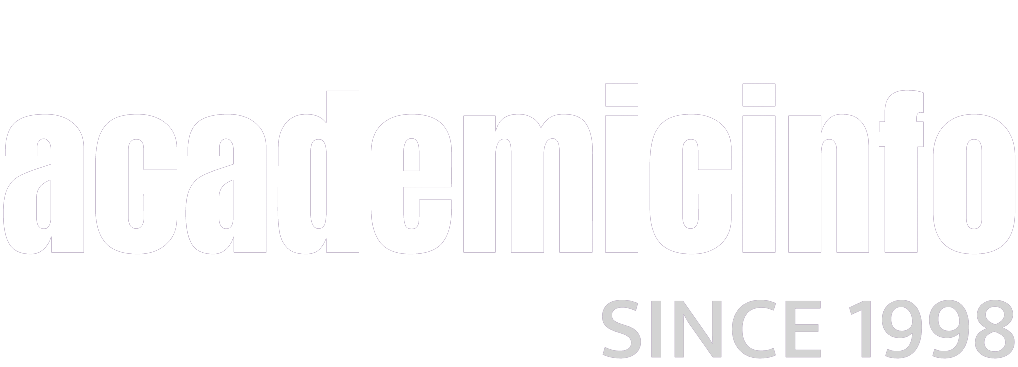Why You Want to Do Well on the PSAT
The PSAT (Preliminary Scholastic Aptitude Test) is basically a practice test for the SAT. That’s not all it is, however. By taking the PSAT you are also entered into the National Merit Scholarship Corporation competition. The test will do two things, it will allow you to see where you might score in the SAT, and give you the time and feedback to effectively study up. The second major benefit is the Merit Scholarship competition, which can potentially lead to thousands of dollars in scholarships towards your college tuition. Don’t worry if you score low, however, colleges do not take the PSAT into consideration.
SAT Preparation Benefit
Most students take the PSAT in October of their junior year in high school. In December, you’ll get the results of the test. When you get your PSAT score, check out College Board, which has created a PSAT Web page that provides feedback to students on their PSAT test. You can see how your score compares with other students in your state and the nation. Since your PSAT test book is returned to you, you can check your answers against the correct answers and see where you went wrong. The information you gain doing this will tell you what you need to work on in order to do well on the SAT next year. Taking the PSAT in junior year gives you the time to bone up on your academic weaknesses as revealed by the test, not only for the big test, the SAT, but also for college-level work.
A good way to prepare for any standardized test is simply to practice taking the test. The PSAT is multiple choice. It is divided into the same three sections as the SAT, critical reading, writing and math. In the critical reading section, which lasts 50 minutes, students are required to comprehend written passages. The writing section is 30 minutes and involves completing sentences correctly, revising sentences in paragraphs and testing student’s usage and grammar. The math section, also 50 minutes, incorporates solving problems in geometry, algebra and arithmetic. In other words, the PSAT mirrors the SAT in form and function. It is excellent as a practice test for the SAT, with the added benefit that students can study what they did wrong and improve on their weaknesses.
National Merit Scholarship
About 1.5 million students take the PSAT. Out of those, 50,000 with the highest PSAT scores are recognized in the National Merit Scholarship program. Sometime in September of their senior year, some 16,000 of the 50,000 students are notified by their high schools that they’ve been recognized as a Semifinalist. All the scores along the way have cutoff points determined state by state. That is, a student in Michigan would have had to score above 217 points, 217 being Michigan’s cutoff point, to attain Semifinalist status.
The next step is for semifinalists to submit an essay, SAT scores, transcript and school recommendation. Those who do are considered for finalist status, which amounts to about 90 percent of those invited to submit their data. Half of these finalists receive a monetary award either from the National Merit Corporation or from a participating company or from a participating college. Finalists who receive a scholarship are called National Merit Scholars.
Many National Merit Scholars are awarded other scholarships on top of the National Merit Scholarship. They can receive scholarships from a variety of corporations, organizations, college scholarships and college grants. Some Merit Scholars are offered half or all of the tuition paid.
As you see, the PSAT can lead to scholarship monies to apply towards your college costs if you score high enough on the test. The National Merit Scholarship itself usually comes to $2,500, but other scholarships are awarded on top of that in recognition of the honor. A high PSAT score can help put a huge dent in college costs.
In summary, taking the PSAT can benefit high schoolers in two ways, as a practice test for the SAT, and to enter the students into the National Merit Scholarship competition. The benefits that come with taking the test are worth the time, effort and fee to take it. A significantly high score may result in thousands of dollars in scholarship money.
